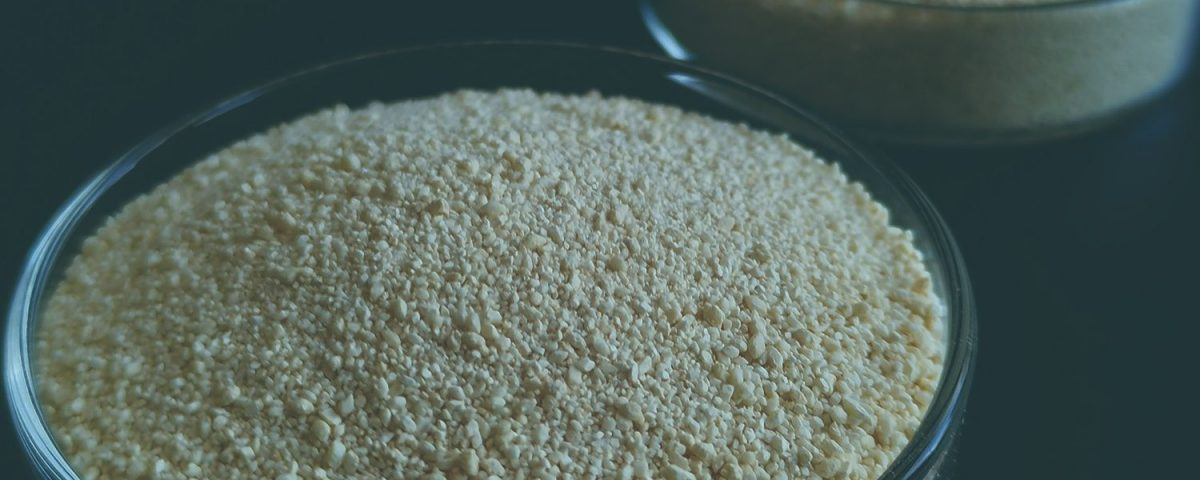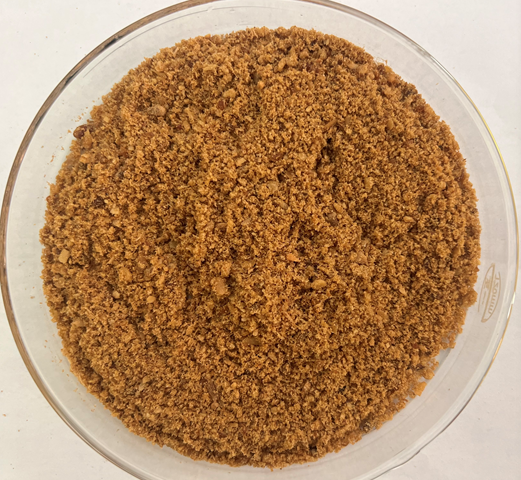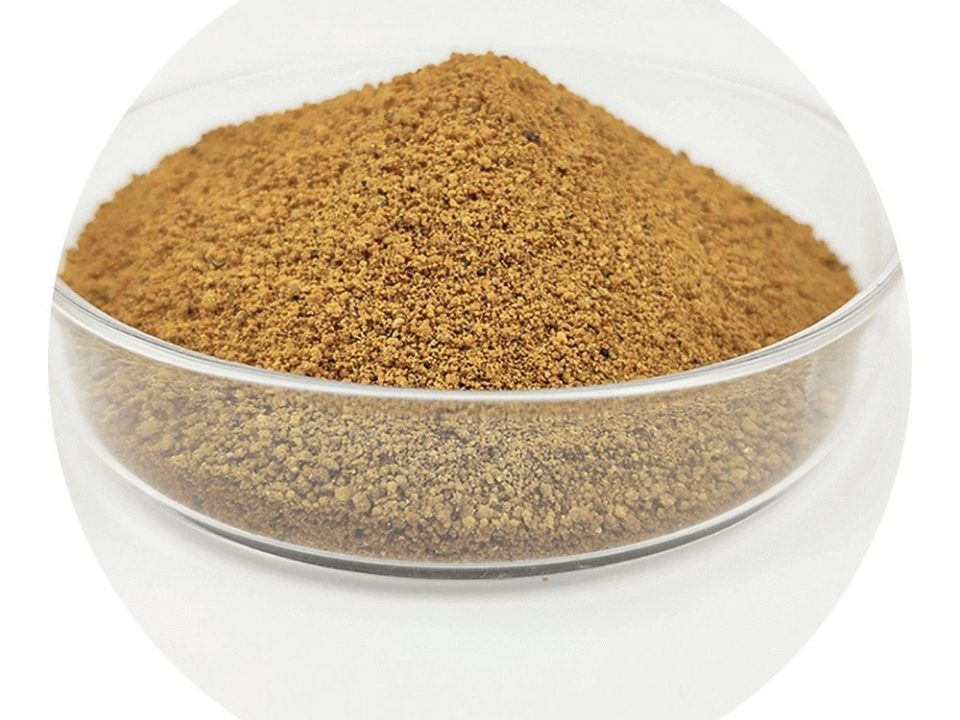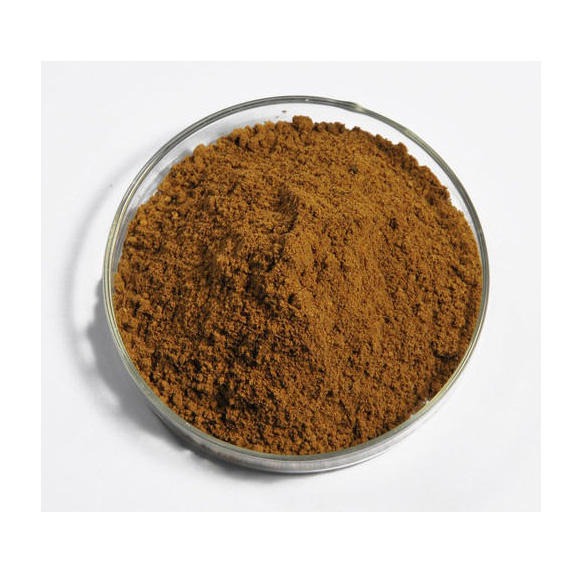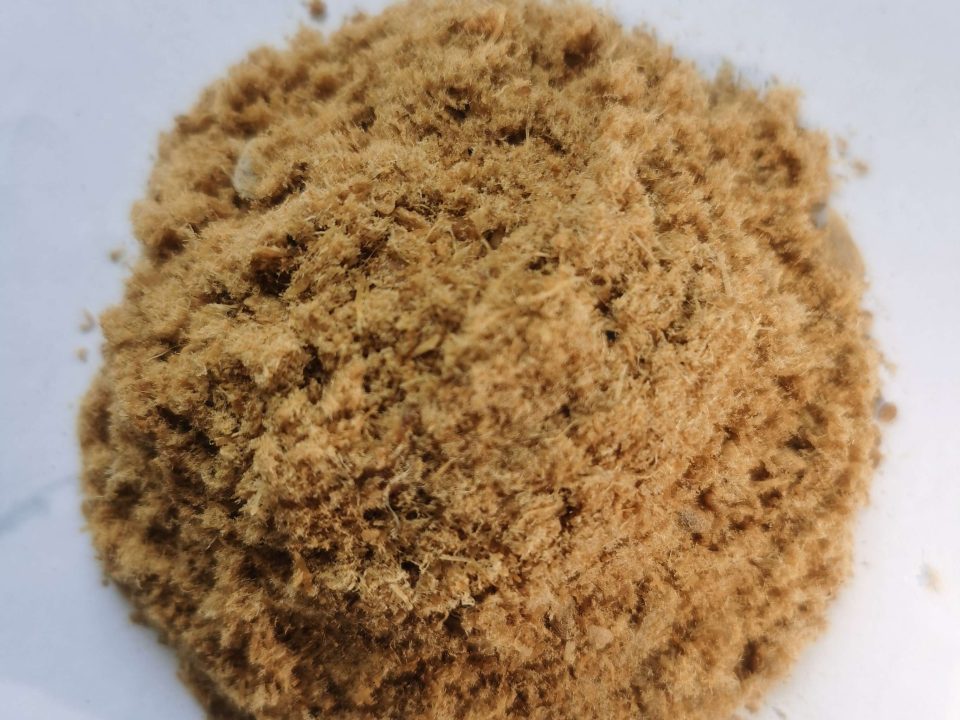What causes Lysine feed additives shortages?

The effects of allicin powder and its application in animal growth
September 13, 2022
Emergency eyewash for feed factories.
March 17, 2023Soybean meal is an important additive, and the price of dry lysine has been rising, making it difficult for breeders to obtain.
Shortages of synthetic lysine additives used in feed compounds have led to a recent surge in soybean meal prices.
The main factors that cause lysine/feed additive price spikes usually include:
1. Strict COVID-19 lockdown regulations in several countries.
2. L-lysine import and export activities were interrupted.
3. Global shipping issues.
4. Lysine production capacity is highly concentrated, and China is the largest player in the industry with a market share of over 65%.
5. There is a huge demand in China due to the reconstruction of the Chinese pig herd.
Lysine/L-Lysine is an essential amino acid used to meet nutritional needs and improve animal performance in agricultural production. It is used in pig feed, poultry feed and dairy cattle feed.
There are many reasons for the recent shortage of dry lysine, one of which is production issues. ADM announced in mid-December 2020 that it would end dry lysine production in the first half of 2021, “only focusing on customer demand for liquid and capsule lysine products.”
“We believe that the current shortage is not just a supply issue. In any crisis situation, there are also speculators taking advantage of this to increase profits. Several lysine producers in China have stopped supplying the product, claiming to have sold out. In response, some traders started selling existing inventory at higher prices.”
In the short term, there are signs that things may ease after the new year. In the medium term, I believe that from now on, purchasing managers will continue to have increasing difficulty finding ingredients at the lowest possible prices. Beyond that, as long as the Covid-19 outbreak continues, timely reception may be the biggest challenge and will require a lockdown.
“In the long run, I believe the classic ‘supply and demand’ era is over. At this point, we no longer talk about the classic competitive market driven by supply and demand. The world’s flow of goods is governed by transport and delivery capabilities, deadlines, and availability of parts and components. This fact of holding back fundamentally affects the global economy, driving inflation, especially the global economic crisis.”
Soybeans in animal nutrition is his favorite topic, Chihaia said, because soybean meal is the number one supplier of digestible lysine in feed for broilers (broilers are the number one species consuming soybeans).
“If we only feed the birds with soybean meal and the amino acids are not balanced with the birds’ needs, then some of the protein is wasted.”
According to USSEC, protein supplementation routinely performed by animal nutritionists combines protein sources to ensure that all amino acid requirements are met. All formulations require amino acids such as lysine, threonine, methionine and tryptophan. If the diet is deficient in any one essential amino acid, the rate of protein synthesis cannot exceed the rate at which that amino acid is available. Therefore, for different protein sources, the calculation of digestible and metabolizable amino acids must be considered
Speaking at KSU Pig Day on Nov. 18, Kansas State University (KSU) research professor Dr. Jason Woodworth suggested that pig producers who have not made feed formulation adjustments due to dry lysine shortages have no choice. It is wise to make adjustments before.
“If you don’t have a lysine shortage, that’s great. I don’t know what you’re doing, but you’re one of the lucky ones,” Woodworth said. “The shortage is something you need to be really aware of.”
In an Oct. 15 article titled, “Worth Repeating: Soybean Meal Is Cheap,” DTN chief analyst Todd Hultman noted that U.S. soybean supplies for 2021-22 are estimated at 3.2 percent billion bushels (mb), which is a reasonable but not excessive number. “The coming season is full of uncertainty, we haven’t seen demand from China yet, but the early signs look promising. As usual, I can’t guarantee soybean meal prices will rise from here, but for the need to buy soybean meal as a blend For the various producers of feed, I must point out that your current prices are the cheapest in a year.”


